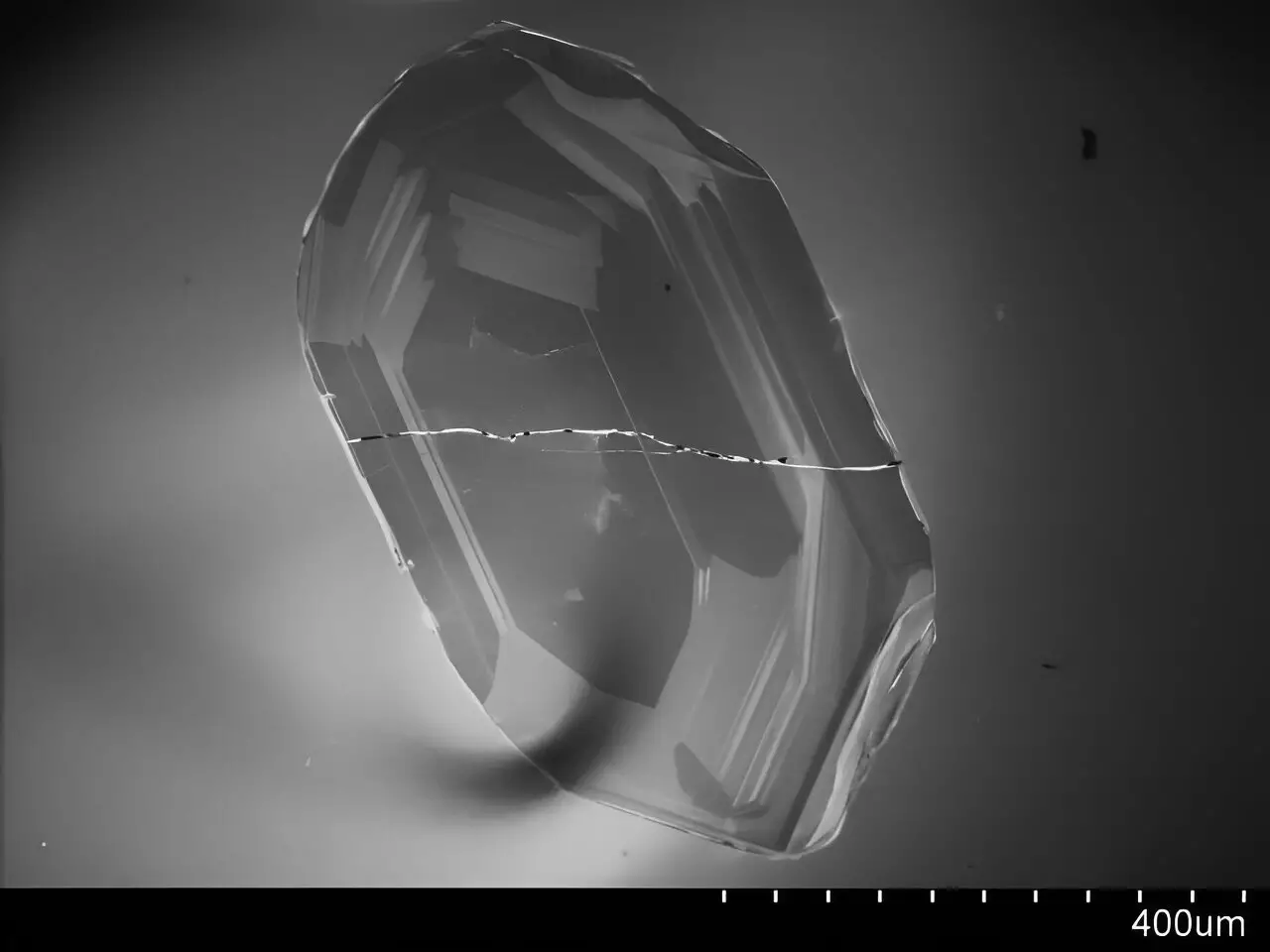Recent research has turned our understanding of ancient plate tectonics on its head, suggesting that these geological processes 4 billion years ago may have included diverse mechanisms akin to those active today. Conducted by a dedicated group of researchers and published in the esteemed Proceedings of the National Academy of Sciences, this study focuses on zircon minerals from some of the Earth’s oldest crust formations. Zircons, dated between 4.0 and 2.7 billion years old, are invaluable to geologists due to their durability and resistance to metamorphic alteration, making them a reliable key for unlocking the mysteries of Earth’s formative years.
The team honed in on zircons found specifically in the Saglek-Hebron Complex, aged 3.9 to 2.7 billion years, and the Acasta Gneiss Complex, dating back to 4.0 to 3.4 billion years. Their analysis unveiled a complex tableau of tectonic activity that contradicted previously held theories of a linear progression in tectonic styles. Instead of a simple evolution from volcanic activity to plates colliding, the researchers concluded that a variety of tectonic interactions were concurrently operational millions of years ago. This finding reinforces the notion that tectonic diversity has long been a characteristic of Earth’s geological framework.
Emily Mixon, the lead author of the study and a researcher at the University of Wisconsin-Madison, emphasized the importance of this research. She stated that plate tectonics plays a crucial role in the movement of essential elements, like carbon and water, which are vital for life. This dynamism is not merely an academic curiosity; it may have profound implications for our understanding of life’s evolution on Earth. The intricate interplay of geological forces has undoubtedly shaped not just the planet’s surface but also the conditions that allowed life to thrive.
Moreover, the implications of this study extend far beyond Earth itself. By comprehensively understanding how tectonic processes operated during the planet’s infancy, scientists can glean insights into the geological behaviors of other celestial bodies. This knowledge becomes especially critical when searching for potentially habitable exoplanets, as understanding the tectonic histories of these worlds may illuminate their ability to support life.
This research marks a significant shift in the narrative regarding early Earth and its tectonic activity. By demonstrating that ancient plate tectonics was more complex than previously assumed, it opens new avenues for exploration in both Earth sciences and astrobiology. As we continue to unravel Earth’s geological history, we move closer to understanding not only our own planet’s life-sustaining dynamics but also the potential for life beyond our solar system.

